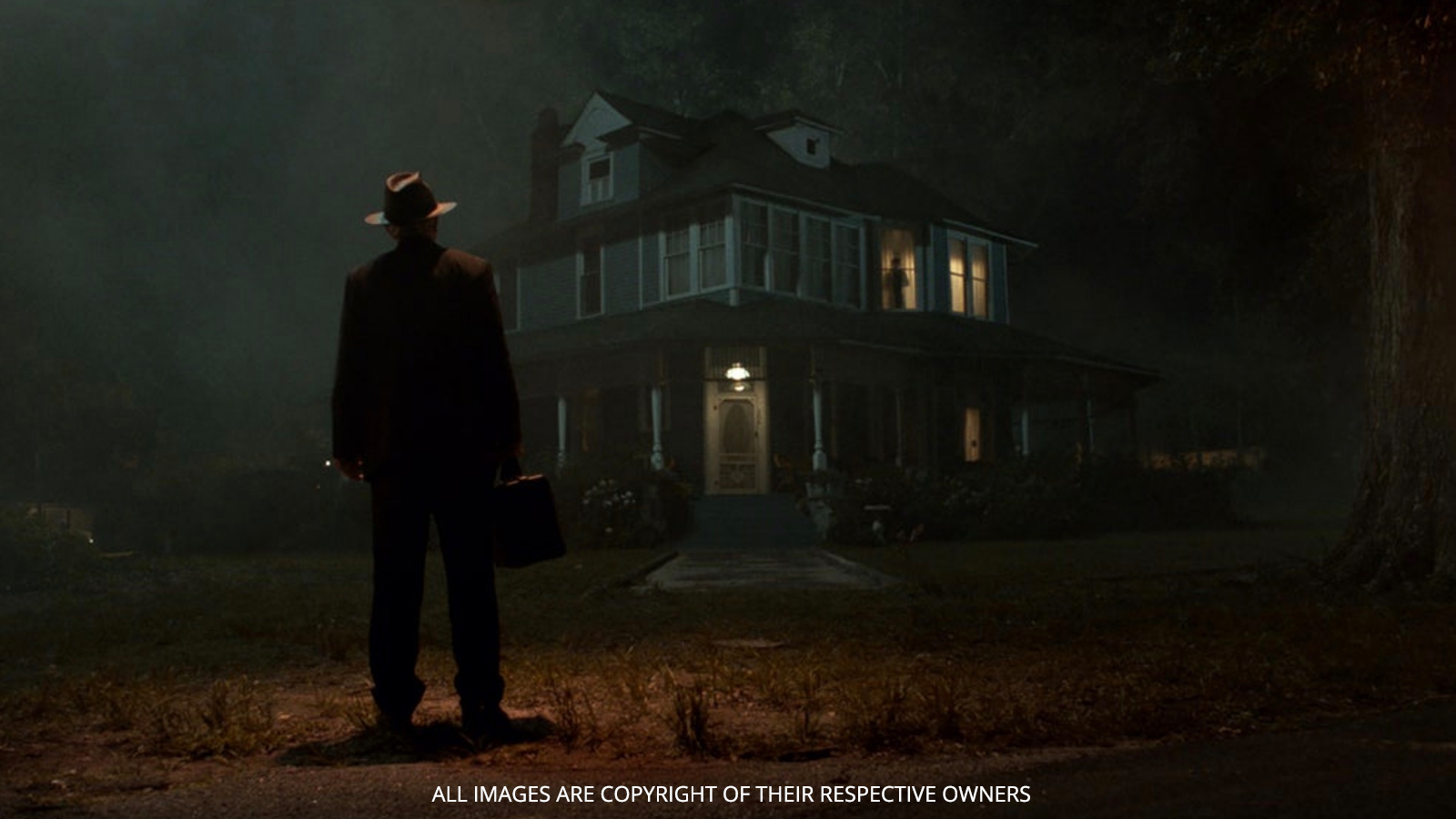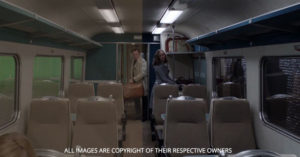
How do visual effects (VFX) help horror films tell their story more effectively?
It’s time to face your fears!
The weekend has finally arrived and it’s time to feel how scary feels like, it’s time to make your eyes bigger the time to wait for the moment when you’re going to shout out loud and make all those popcorns spread around the floor, it’s time to face your fears, because, it’s time to watch a horror movie. If this is something that sounds familiar to you, then this can be more and more thrilling for you to know how visual effects (VFX) help in making these movies more and more thrilling and enjoyable.
Sharp sounds. Striking chords, Shrieks. Footsteps… where do these sounds come from? At times, the music is creepier as compared to what is on or off-screen. You must be thinking of some classic scary sound right at the moment, something à la Psycho or Jaws. Simply, the dissonance and nonlinear sounds can bring those goosebumps out.
The tritone, or augmented fourth tone, in the middle ages, became popular as the Devil’s interval. For instance, it is the interval between D-flat and G or, A and E-flat. Would you like to take a look at an example?


Take a look at the opening violin chords of Camille Saint-Saëns’s “Danse Macabre”. There are some people who think this devilish name should have been a warning to musicians to not play the unconventional composition instead to forbid the chord.
Do these sounds feel uncomfortable to you? Physics can make it easy to explain. In any two-note chord, every individual notes give a sound wave with a unique wavelength. At the end of their wavelengths, when those two sound waves meet again, this feels pleasing to the ears. This amazing combination of two different waves then creates a new regular pattern. But when we talk about those two notes that make up or Devil’s interval have incompatible wavelengths or the tritone, they are not meeting. they form a dissonant sound” rather than creating a new regular pattern.
It is more than just the notes and music score- when we speak about making movies sound scary.
All that blood in horror movies…
What makes all the blood and gore look real in horror movies?
Horror movie effects are full of tricky beasts as new advancements in animation are coming into play just as frequently as old-school practical effects and filmmakers are also enjoying this time. This option was not always available for the directors, as practical effects were the only thing available. This would simply involve special effects warehouses being called upon to create whatsoever prop a scene called for, be it zombie bite or an exploding corpse or graphic, and the director will need to find out a filming method that shouldn’t show the prop’s fake nature. Now, filmmakers are having the right options to go into a scene and cover up imperfections using CGI, use options to remove things making filmmakers feel more comfortable.


If you ask any expert though, there’s no replacement for a killer practical effect, as movies such as The Thing still stand up in front of today’s biggest horror blockbusters. John Carpenter worked with Rob Bottin as well as Stan Winston to bring out some astounding monsters that were highly advanced as compared to other early 80s horror films, helped by superior craftsmanship. Take a look at the effects that Tom Savini and Greg Nicotero have been able to create in the past few years they are some of the most amazing, brutal, bloody masterpieces and this is worth appreciating how real they look.
Blood is an important part of most horror flicks. And, this might come as a surprise to many that this squeamish-inducing substance is generally made from simple mixing or ordinary ingredients, most of them available in the kitchen.
In a theatric performance, the first known occurrence of fake blood was in the early 1900s in the acclaimed Grand GuignolTheater which is located in Paris. Equal parts glycerol and carmine (a bright red pigment made from dried cochineal beetles was Grand Guignol’s secret formula. In 1940, methylcellulose, a thickening agent was added to make the consistency look more real.
Alford Hitchcock made use of chocolate syrup in the remarkable horror film named Psycho. As this was a black-and-white movie, the contrast on screen was required to be high. and the chocolate here worked really well.
Today, it is possible to do anything digitally, but what some movies mistakenly believe is that you don’t need practical effects as computers have the capability to add gore in post-production.
Setting the mood in horror movies with lighting
How do moviemakers make use of lighting to bring suspense and scares?
Lighting plays a pivotal role in every movie. Think back to when you were a kid – It is obvious you owned a nightlight, right? Everyone is afraid of the dark at some point or another because that’s where the meanest, nastiest monsters may be hiding. Horror movies like to manipulate darkness because it is possible to hide creatures and have them come out in the most dramatic way.
How many times has a horror villain has come out of the shadows and scared the daylights out of viewers? Cloaking darkness makes for grander reveals and bigger scares. Darkness is the best friend of horror movie makers, and with found footage movies we now have various ways to play with darkness with the help of night vision mode, only making our fears of the dark more sensible.
Lighting
Are you afraid of the dark? Darkness is a technique often used to create drama and suspense in movies. But how do filmmakers use lighting to make a scene scarier? “The common theme among all of these different lighting methods is that they all obscure or distort reality in some way”
Techniques to Obscure:
Obscuring through lighting doesn’t hide anything, but it does conceal or create a gap in understanding, which creates tension in a scene and for the audience.


Spotlighting:
What is it?
- It is using an intense light beam on any person, place, or some kind of object.
- Shooting through objects: having a small object out of focus in the foreground of the image and subject in focus beyond it.
- Shooting through elements: projecting with the help of windows, trees, or something else to create a layering effect or depth.
- Underexposure: using not sufficient light or too short of a period of light.
- Harsh light (hard light, chiaroscuro): creating strong shadows and lines (think of the light created by a bright cloudless sky).
So, are you ready to face your fears?
Here, you have come to know a lot of things about how VFX plays a role in making horror movies and letting the movie tell its story more effectively. VFX has literally changed the game for filmmakers with a wide range of easy and effective options to do the required editing and make the movies more and more successful. We’re coming up with more exciting writeups for you and helping you know the VFX world in more detail and depth. Enjoy your weekend to the fullest and don’t forget to watch a horror movie tonight with your loved ones.


